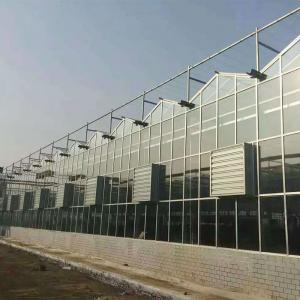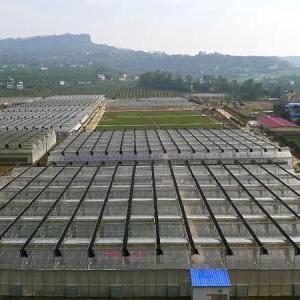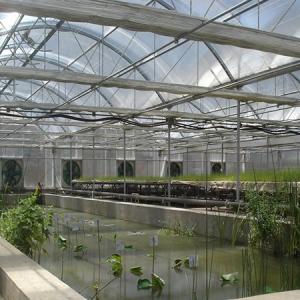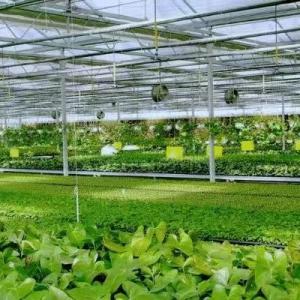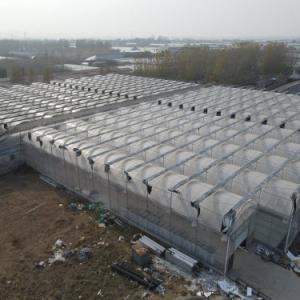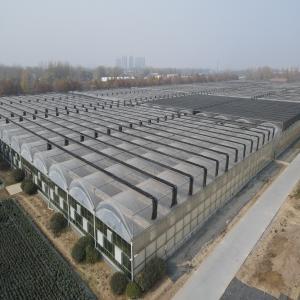Benefits of a Hydroponic Greenhouse
Hydroponic greenhouses epitomize a groundbreaking resolution to the gravest quandaries that afflict our alimentary framework at present. Unlike traditional farming methods, hydroponic systems use no soil, allowing growers to cut costs and labor while also boosting crop quality and reliability.
What is a Hydroponic Greenhouse?
A hydroponic greenhouse is a sophisticated cultivation method that employs nutrient-dense water in lieu of soil as the growing medium for crops. This allows growers to control the growing environment more precisely, resulting in higher crop yields and better crop quality.
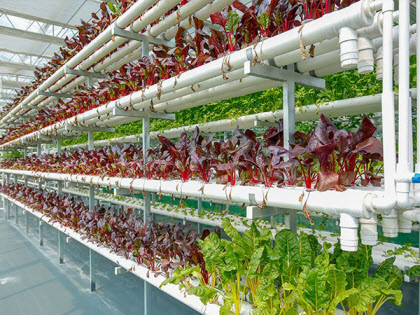
Why are Hydroponic Greenhouses Popular?
The utilization of hydroponic greenhouses has skyrocketed in the past few years due to the copious benefits they proffer when juxtaposed with customary agrarian methodologies. These advantages span from enhanced crop production to decreased labor expenditures and heightened crop excellence.
Controlled Temperature
The temperature of the air and water within a hydroponic greenhouse is vital for healthy plant growth. In the subsequent segment, we shall deliberate on the significance of regulating temperature and elucidate the methodologies utilized to accomplish optimal temperature control within a hydroponic greenhouse.
Why is Temperature Control Important in Greenhouse?
Extreme temperatures, either high or low, can exert a profound impact on seed germination, crop maturation, and photosynthesis. Water temperatures and nutrient solution temperatures must also be properly controlled. In the event that water temperatures are excessively frigid, the metabolism of plants may decelerate and lead to the wilting of crops. Similarly, water that is too hot will cause them to grow weakly and may deplete a plant’s nutrient stores.
How is Temperature Control Achieved?
Controlling temperature and humidity inside a greenhouse can improve crop development and increase yields. The most effective way to do this is with roof vents that allow the escaping heat from the top of the greenhouse to exchange with cooler air from outside. In addition, air movement is crucial to maintaining a consistent and optimal level of humidity. Insufficient air movement can lead to pockets of moisture that create areas for molds, mildew, and other diseases.
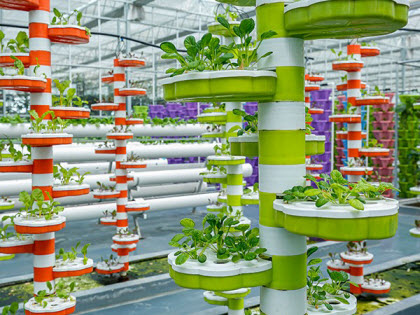
Reduced Risk of Pests and Diseases
Regarding pests and ailments, cultivators operating within greenhouses can adopt various measures to curtail the potential hazards. In the ensuing part, we shall expound on the reasons why hydroponic systems are frequently less vulnerable to diseases than customary soil-based agricultural practices.
Why Hydroponic Systems Are Less Susceptible to Disease?
Hydroponic systems are often less susceptible to disease than traditional soil-based growing methods because they don't contain any soil. Instead, they use a nutrient solution that consists of water with a mix of nutrients and minerals. Consequently, hydroponics emerges as one of the most environmentally viable agrarian systems that an individual can choose to implement. Through the usage of hydroponic methods, the dependence on chemical fertilizers and herbicides can be significantly reduced without sacrificing the eminence or volume of crop production.
Why are Hydroponic Greenhouses Easy to Maintain?
Unlike growing crops in soil, which is susceptible to weeds and other environmental problems, hydroponic greenhouses are easy to maintain. They don’t require weeding or other labour-intensive tasks, and they can be operated by just a single part-time worker. Hydroponics can facilitate water savings of up to 98 per cent compared to conventional agricultural practices. This colossal conservation of water resources can accrue a significant advantage, particularly in regions where water supplies are scanty or subject to intense pressure.
